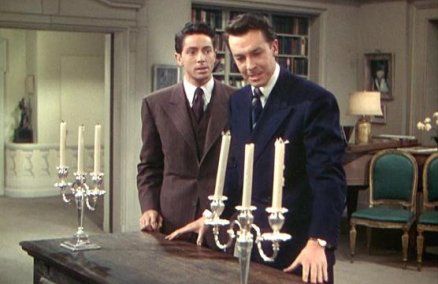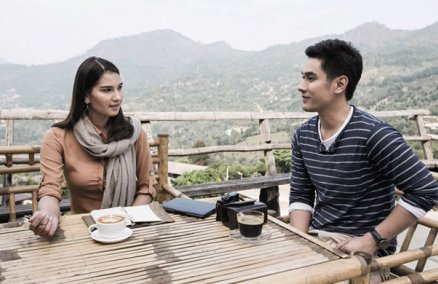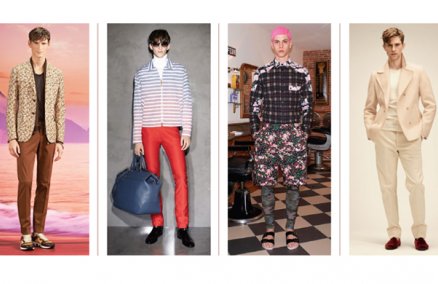Welcome to the world of Tokidoki, brainchild of Italian illustrator and artist Simone Legno. Best known for creating works for brands like Fornarina and Le Sports Sac, his illustrations, dubbed “Tokidoki,” are a melange of cute skulls, cows, tulips, rainbows, bunnies and chirpy birds, and are a big hit among fashionistas who like their bags, T-shirts and accessories colourful and eye-catching. We talk to the likeable and talented Legno about the concepts and ideas behind his works, and what makes him such a hit.
Tell us your story. How did Tokidoki come about?
I started out as a graphic designer for ad firms. Back then I had clients like Toyota and Saatchi & Saatchi. I also did some random projects like store window displays and decorations, and illustrations for mobile phones for Motorola and MTV. Illustration wise, I’ve been sketching since elementary school. My walls at home have became a Simone Legno gallery of sorts. So I decided to launch my website www.tokidoki.it featuring my illustrations, which subsequently turned into a very popular website.
In a lot of your work, you have female characters as focal points. Who are they?
I put together lots of wonderful qualities a woman should have, which is not just about the aesthetics. It’s the shyness, the sweetness, the gentleness and the sensuality a woman possess that I want to portray in my works. I think my girls in the illustrations are very different from the manga girls from manga comics. Manga comics usually feature girls with very expressive postures and big breasts. But in mine, they are more accurate, like real Asian women. They express lots of elegance and sensuality, but I wanted to express through them other aspects like fun and cuteness. So the accompanying cute characters like the birds and flowers are the best way to bring out this “cute” aesthetic. My designs were mostly Japanese influenced until two years ago. Now they’re a mix of LA glamour, featuring glamorous girls with diamond studs and coloured hair. They’re more punk-rock! I’m sure with the experiences that I go through and all the travelling that I do, my work will keep changing.
What you’re doing is considered fashion collaboration/crossover, especially with the bag range for Le Sports Sac. Do you worry about becoming mass market with this kind of work?
There are certain items that become more mass when they collaborate with big brands. I don’t want to burn the market and end up being mass market myself. If I wanted to be a super millionaire, I would have been one. I’ve had people who wanted to take Tokidoki in that (mass) direction, but I didn’t want it. I would have been 20, 40 times bigger right now if I had.
I wanted to concentrate on creating more artsy and sophisticated products in the long run.
So do you see the Le Sports Sac collection as a as work of art?
I really hate to say that what I do is art, but comparing them to lots of things that are considered art these days, yes, I do consider my works as art. I try to put the best of myself out there. I’ve had lots of people who consider themselves as art and fashion critics, who speak about my work as art or fashion icons. So I would say yes. But basically, I just create works that I like.
Which fashion designers and artists do you respect? Have they influenced you in any way?
I have artists I like, but I won’t say they inspire me. I look to the iconography you find on the streets. In Japan especially, you’ll find big institutions like banks or insurance companies that use cute mascots in their everyday iconography, and I like that.
You have many fans, and are very popular and sought after now. What do you have to say to that?
Yeah. [Laughs] My illustrations are now licensed by Fornarina, among others. It’s a very big fashion label, which has stores in Rome in the main street where Prada, Gucci, Ferragamo and Louis Vuitton are. When you go abroad and you start to make it in the US, you end up getting very respected back in Europe!
Is there anywhere else you’d like to see your work? Or have you already conquered the world?
What I would love to do one day is a collaboration with an airline, and perhaps decorate a aeroplane. Singapore Airlines, maybe?


























